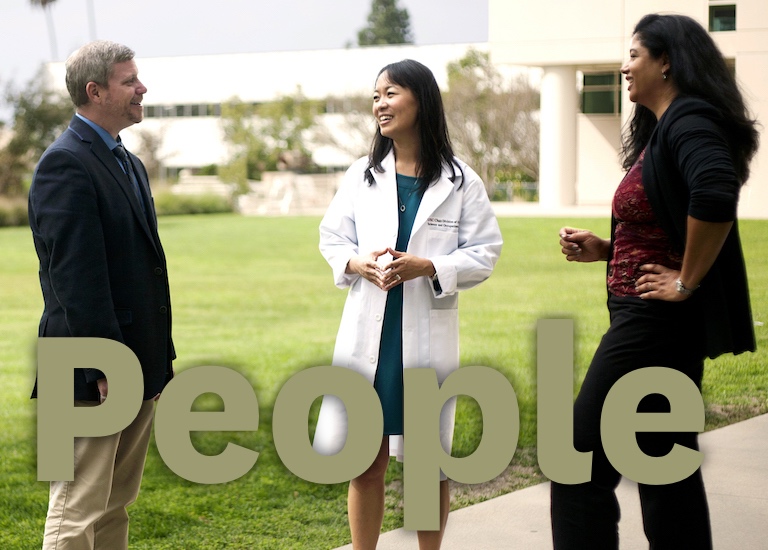Student Blog

My First Level 2 Fieldwork (#TBT?) ⟩
November 7, 2019, by Kaho
I know it’s November and summer feels like ages ago, but with wish-lists for the Summer 2020 level 2 fieldwork about to open up to 1st and 2nd year students, I wanted to reflect and share with you about my fieldwork experience from last summer.
For 12 weeks, I was in an inpatient acute care setting in a hospital in San Diego. As you’d imagine, it was very fast paced, challenging, exciting, etc. and I. Loved. It. Every day looked different and I was constantly learning new things. My clinical instructor (CI) has been an OT for tens of years and working at that specific hospital for over 5 years, but she mentioned that she still learns something new every day. Because the hospital didn’t have a large OT team, the OTs didn’t have an assigned area or floor. The patients in the entire hospital were distributed among the OTs randomly and equally, so I got to see everything from a person with cancer to a patient in neurology to a person with a new hip or a new knee. I was all over the floors, including the Intensive Care Unit (ICU). It was definitely overwhelming at first with so many things to keep in mind and be aware of, and I was nervous to touch anything because it is a setting where careless mistakes could be unforgiving. Also, my level 1 fieldwork was in hand therapy, so this was my first time performing transfers on real patients. However, my CI was amazing at gradually increasing my responsibility and easing me into the bustling hospital halls. She talked me through every treatment session and constantly provided me feedback on my performance. Despite my doubts, I was independently evaluating, treating, and documenting patients by the end of the summer.
My days started at 7:00am and ended at 3:30pm. The first hour of my day consisted of looking up patients’ medical history, condition, precautions, and anything else that was relevant. I was usually up on the floors by 8:00am. I saw about 6-9 patients each day with my CI, depending on how many of them were evaluations since those take longer than regular treatment sessions. In the inpatient acute care setting, your schedule revolves around the patients’ schedules, so documentation occurred during gaps when none of my patients were available or at the end of the day.
One of my favorite things about working in the hospital was that there were many opportunities for collaboration across health care professions. I got to talk to and sometimes treat with physical therapists (PTs), speech language pathologists (SLPs), nurses, and even medical doctors (MDs). We would all bounce ideas off of each other to come up with a holistic treatment plan for each unique patient. With collaboration came opportunities for advocacy, as well. I can’t tell you how many times other health professionals and patients referred to me as PT during my fieldwork experience. Patients would say to me, “What, I just had PT. Why are you back?” or “Why are you taking me to the bathroom? I thought you were going to take me walking down the hallways.” Notes from the nurses or MDs would state things like, “Patient walked to bathroom with PT today.” It was frustrating, but it was a great opportunity for me to practice promoting OT and sharing my elevator speech about what OT is and why we’re great. 😊
Another exciting aspect of having fieldwork in acute care was watching surgeries. I got to watch four surgeries over the summer: a total hip replacement, a total knee replacement, spine surgery, and a deep brain stimulation. It was an incredible learning experience and it deepened my understanding of what surgical patients go through and how much pain they may be experiencing afterwards. It made seeing the patients’ joys of taking their first shower after surgery or being able to get to the edge of their bed and sit without support that much more meaningful.
Whether this is your first level 2 fieldwork or your second, consider the inpatient acute care setting at any hospital if all or any of this sounds intriguing to you. I had a very positive experience and I highly recommend it!
⋯
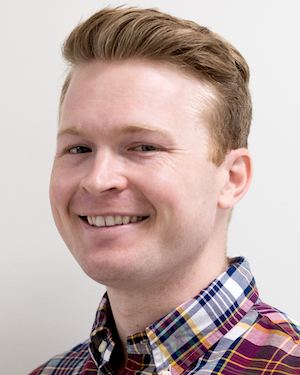
Making Peace with my Commute ⟩
November 6, 2019, by Kevin
Housing and Transportation Life Hacks Living in LA
Growing up in a small town, the longest “commute” you have is around twenty minutes to go across town. Generally, people enjoyed driving and on Sunday I would go on a drive along the lake with my dad to relax and enjoy the open roads. Parking was plentiful and free. People used their car horns only for emergencies or to give friends a quick “hello” as they passed by. For much of my life, driving was a preferred occupation and something I looked forward to as part of my day. Soon after moving to Los Angeles, that all changed and driving quickly became one of my most stressful and unenjoyable occupations. My shortest commute is around twenty minutes, roads are rarely open, parking is sparse and expensive, and car horns are a little less friendly. What once was one of my most enjoyable thirty minute daily occupation was now my least enjoyable two hour daily inconvenience.
Quickly, I realized that I had taken on this pessimistic attitude toward driving and it was impacting me negatively. After coming to this realization, I chose to reframe my attitude toward my commute and find ways to make the time more enjoyable and relaxing. My first discovery on my quest to making my commute enjoyable was podcasts! Listening to podcasts and audiobooks brought back much of my enjoyment for the drive itself. Within a few weeks, I was hooked on several podcasts including Stuff You Should Know, Modern Love, and Ted Talks Daily. I now looked forward to a long drive because it gave me time to listen to a great story or learn something new.
Along with listening to podcasts, I made some other changes to my driving routine to create a more relaxing experience. First, I started using the app Waze to estimate my drive time for the next day and I would automatically add thirty minutes to all of my trips. This additional thirty minutes allowed me to relax when I encountered unexpected traffic, time to find parking, and take the slow lanes where I tend to find more friendly drivers. Next, I started walking or riding my longboard places that were close to my apartment and I found that I would usually get to my destination faster than if I had taken my car. Lastly, I began to pay more attention to the routes I took each day so I could take my eyes away from my phone’s GPS system. Knowing my daily route gave me the opportunity to relax because I was no longer concerned with missing a turn or getting lost.
Making these changes has brought back my enjoyment of driving and reduced the stress in my life. Recently, I even started going on Sunday drives again down the coast and it feels just like when I would drive along the lake with my dad. Moving to a big city came with a lot of change, but I am happy to say that I have made peace with my commute.
⋯
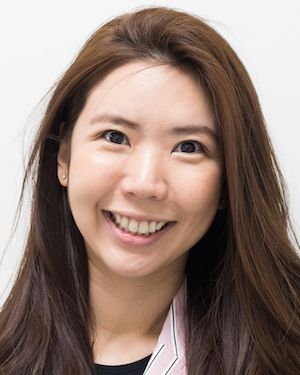
Staying In Control and Winning the Waiting Game ⟩
November 5, 2019, by Catherine
I have never been good at waiting. Waiting in line at a grocery store, no thank you (thank goodness for self-checkout). Waiting for standard shipping, grueling. Waiting for my test scores or that acceptance letter, I cannot even. Unfortunately, life is not all 2-day shipping, and express checkout lanes, and at some point or another we will find ourselves playing the waiting game. So how do you handle the stress of waiting, and cope with not knowing the immediate next step? Here are some ways I stay in control, and win in these stressful pockets of time.
- Treat yourself. Congratulations! Whatever it is you are waiting for, an application, finishing a test, or just getting that elective request form in, you did it. You have made a tangible step towards your goal, and that in itself is an accomplishment. Give yourself a pat on the back, take some time to relax, and go get yourself a treat. You earned it.
- Write down your fears. Sometimes it’s the “not knowing” part of waiting that can feed into the anxiety and frustrations of waiting. If you find yourself overwhelmed with “what if” questions, I find it helpful to write them down. Take some time to reflect on what are the worst things that can happen if what you are hoping for doesn’t come into fruition. What is the worst case scenario? Once you have that down, write down at least one thing you can do to make that situation better, and one person that you could ask for help. Having a list of what I can do has helped me overcome many restless nights.
- Reach out. Spending time with friends and family for a venting session, engaging in some leisurely occupations, and even just some extra tactile input of a big hug has always been helpful when I’m not feeling in control. Knowing you have people on your side, and rooting for you is always a great source of strength and support.
- Get organized. Sometimes after taking a big test, I come back to messy desk covered in notes, coffee cups and scattered post-its. Looking at such a messy space can make me feel even more out of control. Cleaning your space and getting organized provides me a visual cue to calm my mind and get back that sense of control. You don’t have to go full Marie Kondo, but even just throwing out those old receipts and candy wrappers that have been living in the bottom of your bag can do the trick.
Waiting is no fun and not know what’s going to happen can be scary. These are just some of things that have helped me in the past and I hope are helpful for you. If you feel that you need more information or want to talk to someone about your questions about the OTD program, I am here for you as a resource, so feel free to check out my blog, send in some suggestions or requests for future posts, or just to say hi, send me an email at .(JavaScript must be enabled to view this email address).
⋯
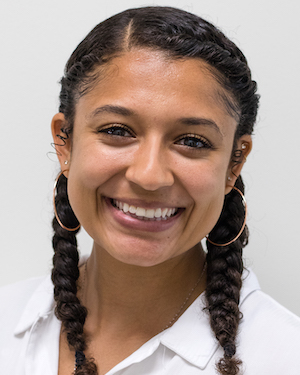
Fight on in Fieldwork ✌ ⟩
November 4, 2019, by Kat
October 21st–25th . . . my full week of fieldwork . . .
This semester, for my adult rehab level I fieldwork, I was placed at Providence Saint John’s Health Center in Santa Monica. A moment of honesty . . . prior to this placement I had little knowledge about what OTs did in the hospital setting. I remember walking in on my first day in scrubs and not knowing what to expect. On my first day I got put to the test though! My CI (clinical instructor) had a patient that was in the ICU (intensive care unit) who she was going to co-treat with a PT. The patient’s case was quite complicated and they needed help. I helped manage the patient’s lines (meaning I helped with all of the IV’s and tubes) as the OT and PT helped the patient sit on the edge of his bed. This small task of managing a patient’s lines gave me great insight into the impact that an acute inpatient OT can have on a person. Throughout my time at St. John’s I have learned that OTs in the hospital setting are essential to the safety and quality of life of patients. Not only do they ensure that a patient can be safe with their self-care routine, but they also help develop or fine tune the skills necessary for patients to be able to continue participating in the activities that are important to them — their meaningful occupations!
During my full week, I was able to see so many things. I was in the inpatient wings, the NICU (with the wittle babies!), and also had a trip down to the ER to see what a respiratory therapist does and how their work can influence the work an OT does. I was busssyyy! But I had so much fun. Also, how cool is it that my CI is an alumni from USC?! I can honestly say that I am blessed to be shadowing and working with the AMAZING Ally Buescher. I have learned so much from her. She has high expectations for me as a level I student which is pushing me to develop my clinical reasoning skills. She also has so much knowledge about the field and about the program at USC, which is helpful when I have a million questions.
USC has a deep line-up when it comes to networking. USC releases talented OTs into the world and many of them host students for their fieldwork. We literally have people everywhere! National and international possibilities are available. It is nice to know that as a student, I am well taken care of by the fieldwork coordinators here in the Chan Division. The fieldwork opportunities I have been able to experience so far have been one of a kind. My first ever level I fieldwork experience was a competitive Skid Row Housing Trust position where I was mentored by the renowned Dr. Deborah Pitts! This specific mentorship was made possible because of a city grant that was established for the Fall of 2018. Here’s a little more info about Level I fieldwork.
Long story short, my full week of fieldwork was a blast and USC offers remarkable fieldwork experiences!
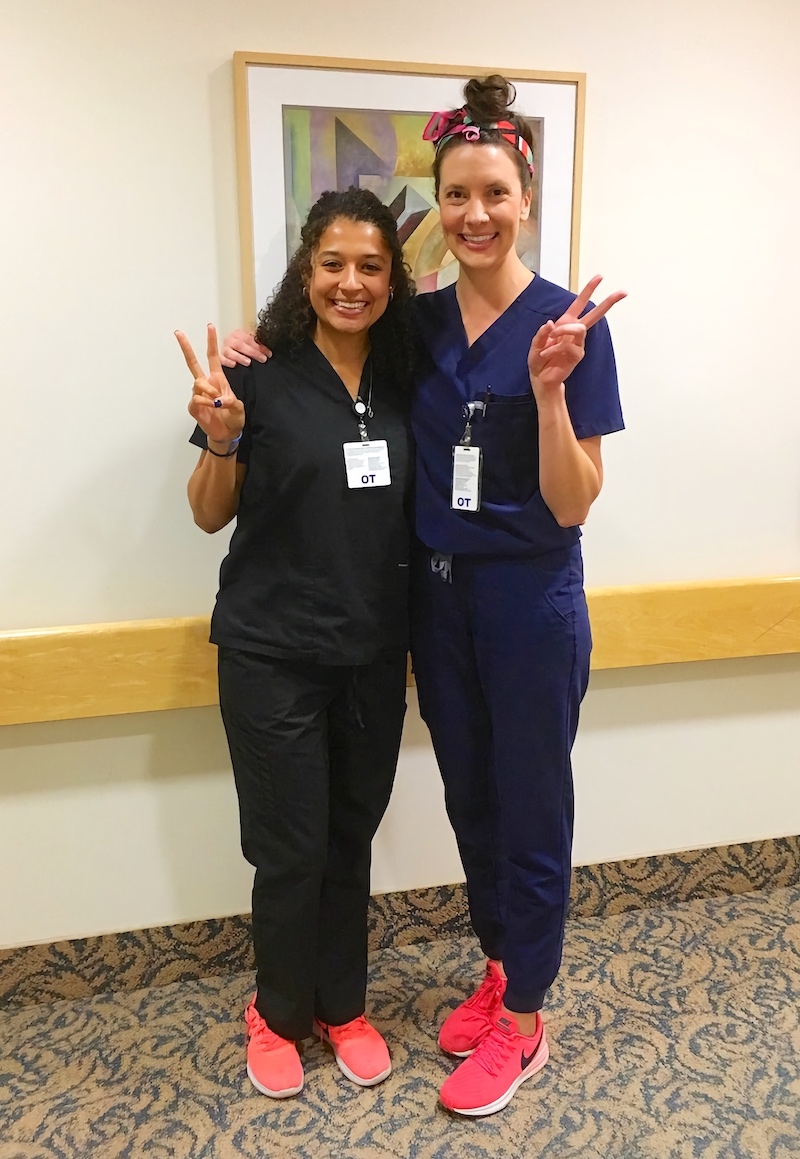
Ally and I reppin that Trojan life! Fight on! ✌ PS, we coordinate our shoe game
⋯

Staying Active on Campus ⟩
October 30, 2019, by Kevin
During my first year here at USC, I lost touch with my love for fitness and staying active. Over the course of the year, I tended to prioritize my studies and other extracurricular activities over my physical fitness. Soon after taking on this more sedentary lifestyle I noticed that my mood had decreased and my stress levels had increased so I decided to make a change. Over the summer, I took advantage of the extra time I had after fieldwork to make small changes to my diet and fitness. After several weeks of making small lifestyle adjustments, I was back in the swing of physical activity and nutritious eating. As the next academic year approached I began thinking about ways I can stay active even when on campus and here are some of my favorite ideas:
- Take a walk during class breaks
Many of my peers choose to take walks during breaks from class and there are many reasons to do so. Not only do you get some light physical activity, but the exposure to sunlight and the beautiful campus gardens allows me to recharge and focus when I come back to class. - Stop at the HSC Fitness Center
As long as you are a registered student with at least 1 unit, you will have free access to the HSC fitness center Monday-Friday 6:00 a.m. – 9:00 a.m. and Saturday 9:00 a.m. – 1:00 p.m. You can easily get a quick workout in before or after classes utilizing this close to campus gym! - Do something active at lunch
My favorite of these three options is to plan to do something active during our lunch breaks. About twice a month, I play a Frisbee game called KanJam with several of my friends from the Chan Division. The grassy area outside quench is the perfect spot to set-up a quick pick-up game and have some fun while getting some exercise.
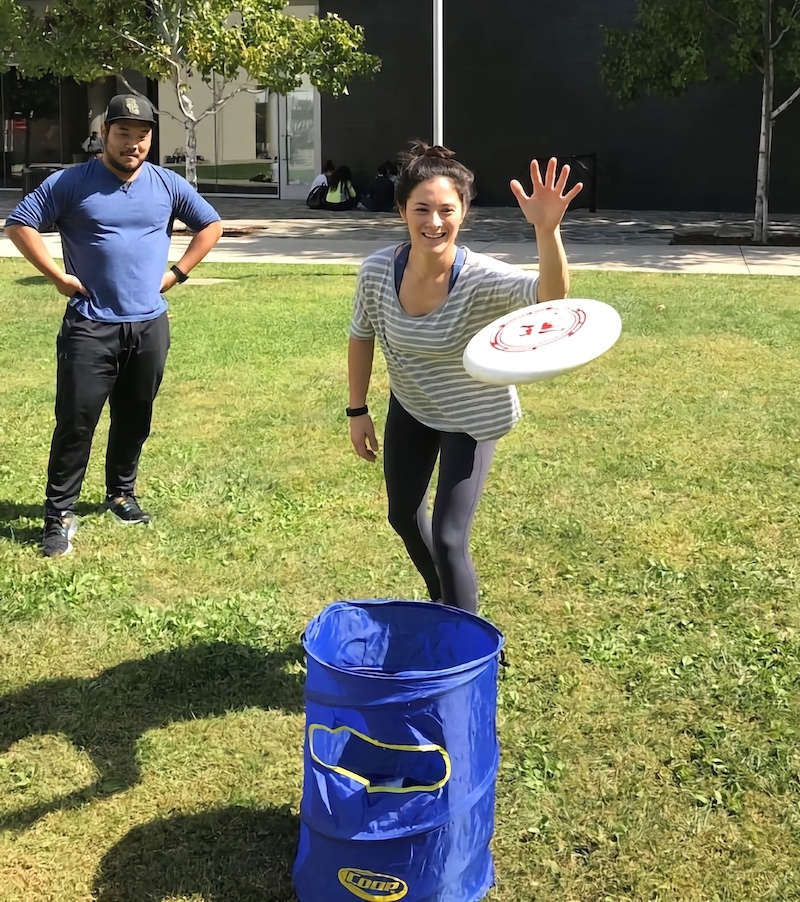
MA-II student Rachel Kent scores 3 points while playing KanJam
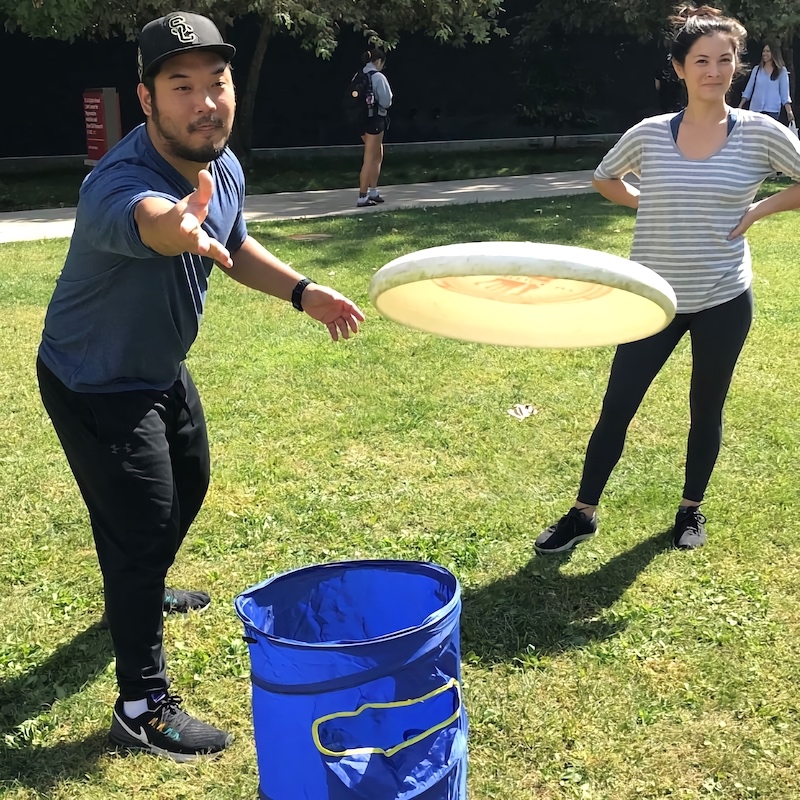
MA-II student Ty Kim throwing a frisbee to his partner while playing KanJam
Since implementing these small changes in my daily routine, I have experienced many benefits far beyond improving my mood and stress levels. I found that after exercising I have more energy in class and throughout my day. Additionally, I have gained new friends on my daily walks during class breaks and through playing exciting games of KanJam!
If you have any other ideas I didn’t mention or would like to join-in on any of these activities, I would love to hear from you in the comment section below!
⋯





